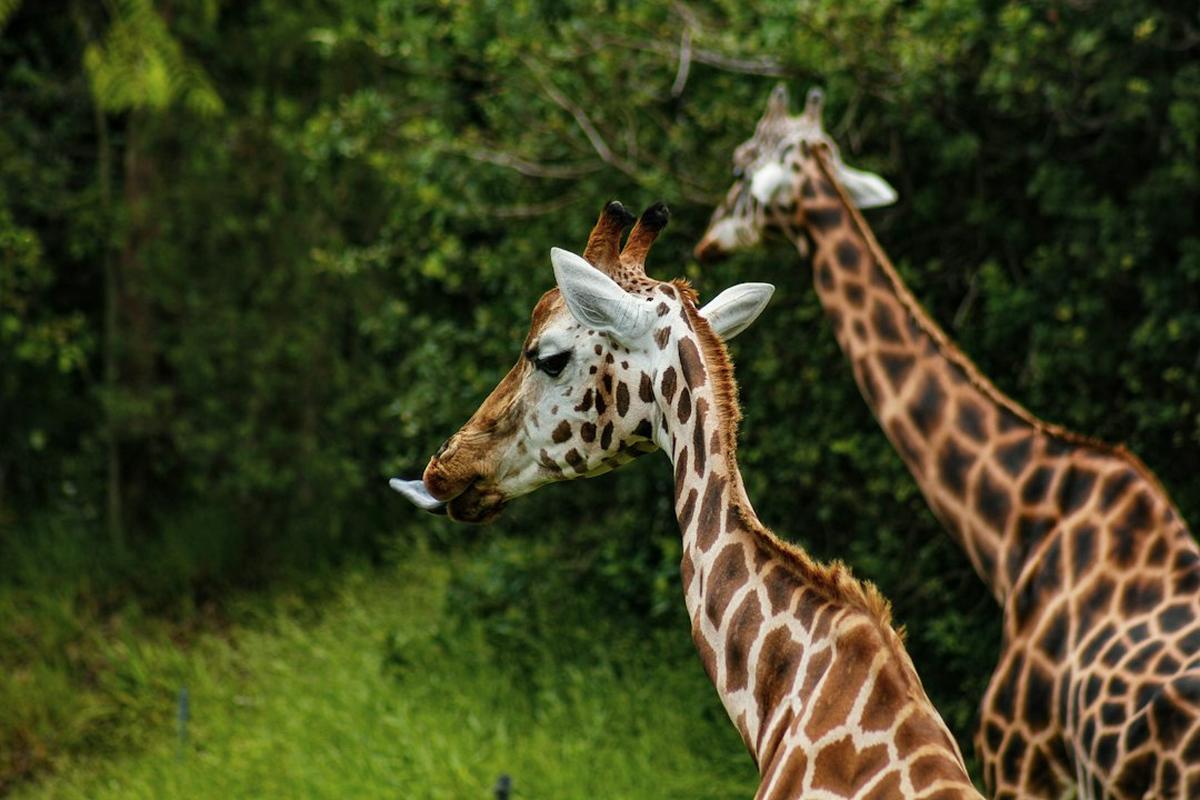The theory of evolution, first proposed by Charles Darwin in the 19th century, has been a cornerstone of biological sciences. It posits that all species of organisms arise and develop through the natural selection of small, inherited variations that increase the individual’s ability to compete, survive, and reproduce. Understanding evolution is vital as it provides a framework for interpreting the interconnectedness of life and the history of the earth. This article will delve into five key evidences supporting evolution: ancient organism remains, fossil layers, similarities among current organisms, DNA similarities, and embryonic similarities.
The Tale Told by Ancient Organism Remains
Ancient organism remains, often found in the form of fossils, provide tangible evidence of life forms that existed millions of years ago. These remains offer a glimpse into the past, revealing a time when the earth was inhabited by creatures vastly different from those we see today. For instance, the discovery of dinosaur fossils provides undeniable proof of their existence and gives us insight into their physical characteristics, habitats, and behaviors.
These ancient remains play a crucial role in evolutionary studies. They allow scientists to track changes in species over time, providing a timeline of evolutionary development. For example, the gradual transformation of the horse, from the small, multi-toed Hyracotherium to the modern, single-toed Equus, is well-documented through fossil records.
Fossil Layers: A Journey Through Time
Fossil layers, or strata, are like pages in a book, each layer representing a chapter in the earth’s long history. These layers, formed over millions of years, contain fossils that provide a chronological record of life on earth. The deeper the layer, the older the fossils, providing a timeline of life’s evolution.
Fossil layers are instrumental in supporting the theory of evolution. They show a clear progression of life forms, from simple to complex, over time. For instance, the Burgess Shale in Canada, one of the most significant fossil fields in the world, contains a wealth of early Cambrian fossils. These fossils, over 500 million years old, represent some of the earliest complex organisms and provide a snapshot of the rapid diversification of life known as the Cambrian explosion.
Similarities Among Organisms Alive Today: A Comparative Approach
Comparative anatomy, the study of similarities and differences in the anatomy of different species, provides compelling evidence for evolution. The presence of similar structures in various species suggests a common ancestry. For example, the forelimbs of humans, cats, whales, and bats have vastly different functions, yet they all share a similar bone structure. This similarity suggests that these species evolved from a common ancestor with a basic forelimb structure.
Comparative anatomy not only supports the theory of evolution but also helps us understand the process of natural selection. The variations in the forelimb structure among different species demonstrate how natural selection can lead to the evolution of different functions based on environmental demands.
DNA Similarities: The Genetic Blueprint of Evolution
DNA, the molecule that carries the genetic instructions for the development, functioning, growth, and reproduction of all known organisms, is another key evidence for evolution. DNA similarities among different species suggest a shared evolutionary past.
For instance, humans share about 98.7% of their DNA with chimpanzees, our closest living relatives. This high degree of similarity suggests that humans and chimpanzees share a common ancestor. Further, the study of DNA allows scientists to construct phylogenetic trees, graphical representations of the evolutionary relationships among various species, providing a visual depiction of the tree of life.
Embryonic Similarities: Tracing the Path of Evolution
Embryonic development also provides fascinating evidence for evolution. The embryos of many different kinds of animals: birds, fish, reptiles, mammals, and even humans, look strikingly similar and it is often difficult to tell them apart. These similarities suggest that these animals share a common ancestry.
Ernst Haeckel, a 19th-century German biologist, famously stated that “ontogeny recapitulates phylogeny,” meaning an organism’s developmental stages (ontogeny) mirror its evolutionary history (phylogeny). While this concept has been modified, embryonic similarities still provide valuable insights into the evolutionary relationships among species.
The Interconnectedness of the Five Evidences
Each of these five evidences – ancient organism remains, fossil layers, similarities among current organisms, DNA similarities, and embryonic similarities – provides compelling support for the theory of evolution. However, their true power lies in their interconnectedness. Together, they paint a comprehensive picture of life’s history and the processes that have shaped the diversity of life on earth.
Counterarguments and Rebuttals
Despite the overwhelming evidence, the theory of evolution has faced criticism. Some argue that evolution is “just a theory,” implying it’s a mere speculation. However, in scientific terms, a theory is a well-substantiated explanation of some aspect of the natural world, based on a body of facts that have been repeatedly confirmed through observation and experiment. The theory of evolution meets these criteria and is widely accepted in the scientific community.
The Evolutionary Theory: Implications and Applications
The theory of evolution has far-reaching implications and applications. It forms the foundation of modern biology and informs our understanding of the natural world. It helps us understand the spread of diseases, develop new medicines, conserve species, and even develop new technologies.
Summary
The theory of evolution, supported by a wealth of evidence, provides a unifying framework for understanding the history of life on earth. As we continue to explore the complexities of the natural world, the importance of evolutionary biology becomes increasingly apparent. The journey to understand evolution is a journey to understand ourselves and our place in the natural world.
Frequently Asked Questions
What is the theory of evolution?
The theory of evolution posits that all species of organisms arise and develop through the natural selection of small, inherited variations that increase the individual’s ability to compete, survive, and reproduce.
What are the five key evidences supporting evolution?
The five key evidences supporting evolution are ancient organism remains, fossil layers, similarities among current organisms, DNA similarities, and embryonic similarities.
How do ancient organism remains support evolution?
Ancient organism remains, often found in the form of fossils, allow scientists to track changes in species over time, providing a timeline of evolutionary development.
What is the role of DNA in evolution?
DNA similarities among different species suggest a shared evolutionary past. The study of DNA allows scientists to construct phylogenetic trees, graphical representations of the evolutionary relationships among various species.
What are embryonic similarities?
Embryonic similarities refer to the striking resemblance in the early developmental stages of many different kinds of animals, suggesting that these animals share a common ancestry.
What are the implications and applications of the theory of evolution?
The theory of evolution forms the foundation of modern biology and informs our understanding of the natural world. It helps us understand the spread of diseases, develop new medicines, conserve species, and even develop new technologies.
References:
- Darwin, C. (1859). On the Origin of Species. John Murray.
- Gould, S. J. (1989). Wonderful Life: The Burgess Shale and the Nature of History. W. W. Norton & Company.
- Haeckel, E. (1866). Generelle Morphologie der Organismen. Georg Reimer.
- Ridley, M. (2004). Evolution (3rd ed.). Blackwell Publishing.
- Watson, J. D., & Crick, F. H. C. (1953). Molecular Structure of Nucleic Acids: A Structure for Deoxyribose Nucleic Acid. Nature, 171(4356), 737–738.








